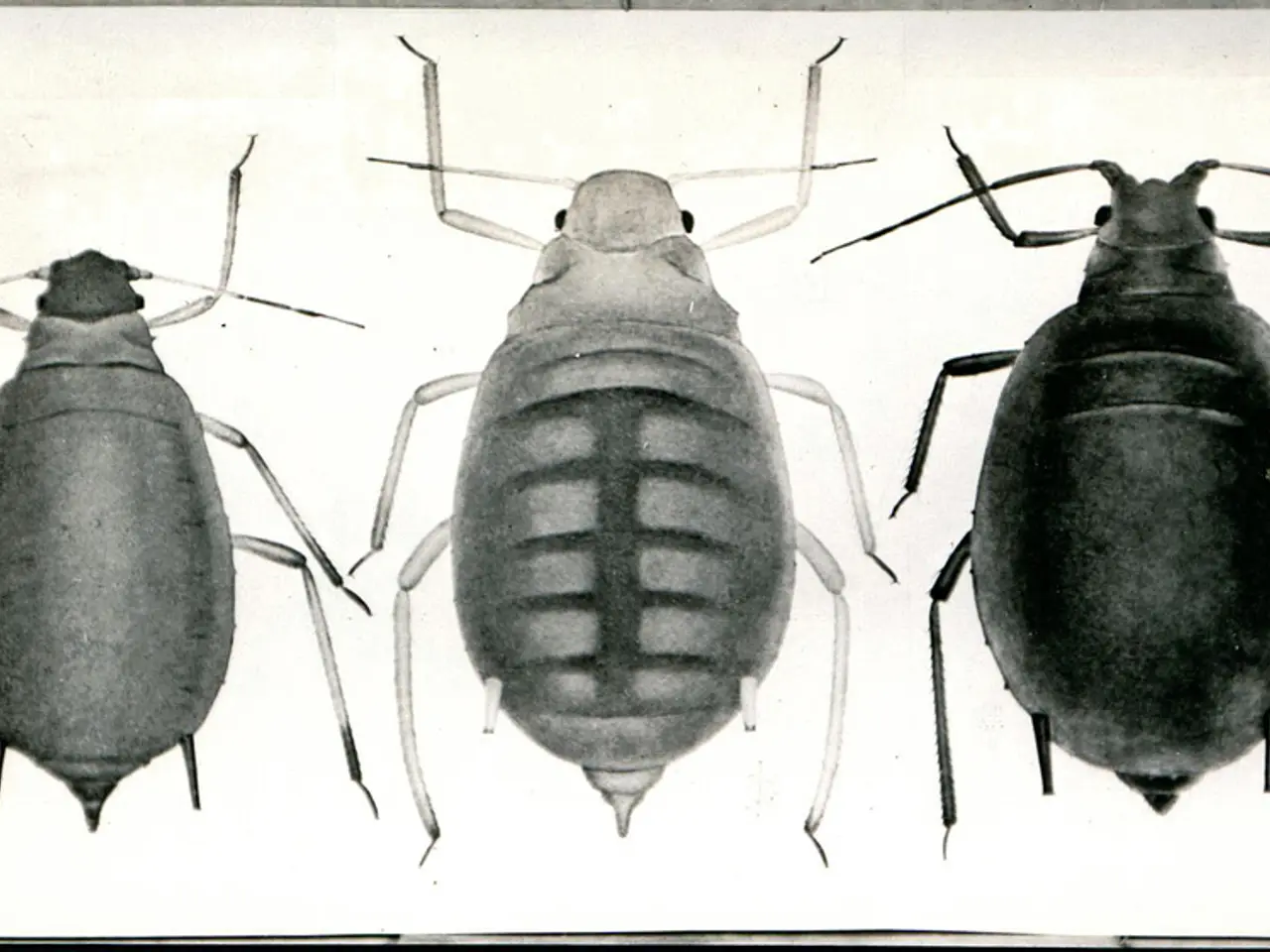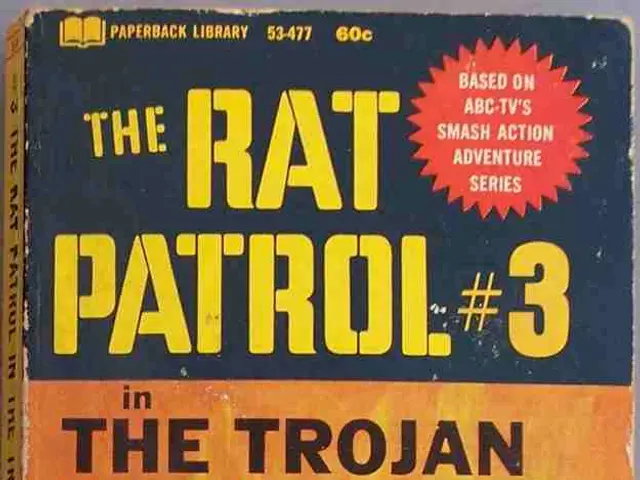Exploring Mario Ludwig's Fresh Literature: "Where Imperfections Find Acceptance"
Dr. Mario Ludwig, a biologist and columnist, has written a fascinating new book titled "Not Everyone Can Be a Kitten." Published by Bastei Lübbe, the book sheds light on the often overlooked advantages that "ugly" animals have in nature.
In the pages of this book, Dr. Ludwig discusses why these animals are not flawed but rather evolutionarily optimized for survival. Their unusual physical traits, which some might find unattractive, are adaptations that allow them to thrive in specific environments, evade predators, or exploit unique diets and ecological niches.
For instance, the aye-aye, with its long, thin middle finger, uses it skillfully to find insects beneath tree bark. The purple frog's rounded body and narrow snout are perfect for its underground lifestyle digging for termites. Vultures' bald heads, which some might find unattractive, prevent feathers from becoming contaminated with bacteria when feeding on carrion, making them highly effective decomposers critical to ecosystem health.
Some of these so-called "ugly" traits reflect specialized evolutionary strategies. For instance, the sloth's slow movement and perceived laziness are adaptations to conserve energy on a low-calorie diet. The naked mole rat’s unusual appearance accompanies its capacity to survive without oxygen for extended periods. These characteristics exemplify how the "ugly" features serve practical survival functions that give these species ecological advantages.
The book also explores the lives of animal C-list celebrities, including a bear-like creature resembling a steroid-inflated Michelin Man. Bearded vultures living in Europe have remarkably tolerant sexual relationships, with about a third of relationships being a ménage à trois. The queen of naked mole-rats keeps a male harem, similar to the bearded vultures. Some bearded vultures form homosexual relationships, adding another layer to their lively love life in their nests.
Tiger snails, often disliked by hobby gardeners, mate while hanging from a slime thread at great heights. The male proboscis monkeys in Borneo, resembling a cross between Pinocchio and French actor Gerard Depardieu, have a larger nose size associated with better chances with females.
The paperback version of "Not Everyone Can Be a Kitten" costs 10 Euro and has 192 pages. The book's ISBN-10 is 3404609506.
Dr. Ludwig's friendly and entertaining writing style, as seen in his chapters about animal eccentricities, makes this book an enjoyable read for anyone interested in the natural world. His appearances in forums and as a regular guest on TV talk shows and radio programs across the country further highlight his dedication to sharing his knowledge and passion for animals with the public.
So, the next time you come across an animal that you might find unattractive, remember that it might just be evolutionarily optimized for survival in its unique environment. As Dr. Ludwig's book suggests, what humans perceive as "ugly" often translates to functionality and evolutionary success, fulfilling roles crucial to biodiversity and ecosystem balance rather than conforming to superficial beauty standards.
[1] Not Everyone Can Be a Kitten, Dr. Mario Ludwig, Bastei Lübbe (2021) [2] BBC Earth, "Why Naked Mole-Rats Are Nature's Toughest Survivors," accessed 15 March 2023, www.bbc.com/earth/story/20180508-why-naked-mole-rats-are-natures-toughest-survivors [3] National Geographic, "The Strange Lives of Bearded Vultures," accessed 15 March 2023, www.nationalgeographic.com/animals/birds/b/bearded-vulture/
Read also:
- Thirty-three Amazon Canada Items That Impressed Me Significantly with their Exceptional Brilliance
- Customizable Sleep System Top Pick: Eco Plus Adjustable Bed
- Improved Sleep Experience: Discover Unmatched Comfort with Leesa Plus Mattresses
- Forestry work takes center stage for firefighters as tree planting challenge kicks off in Fürth




